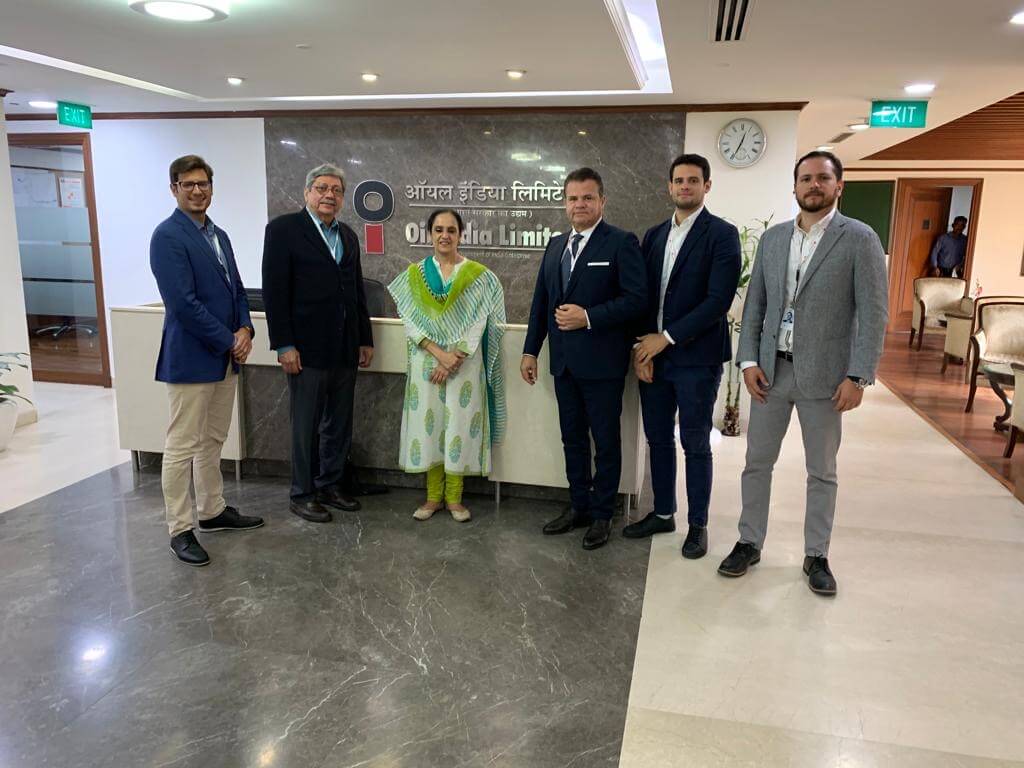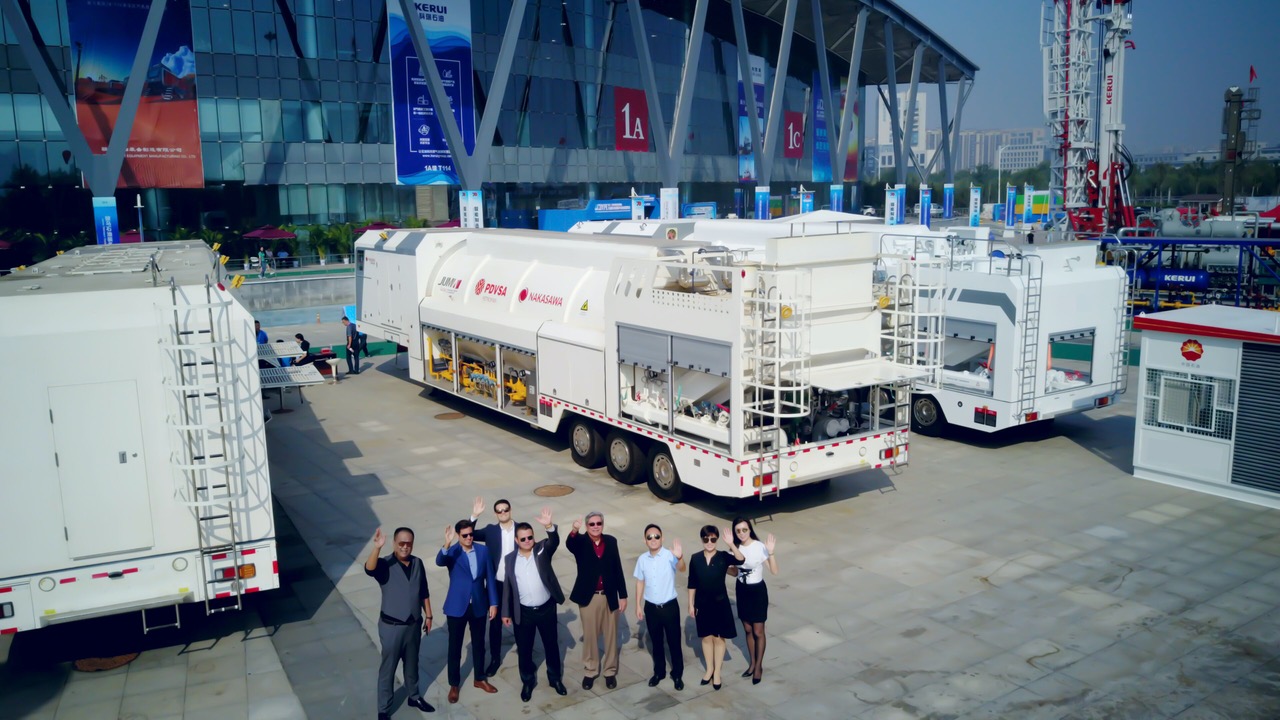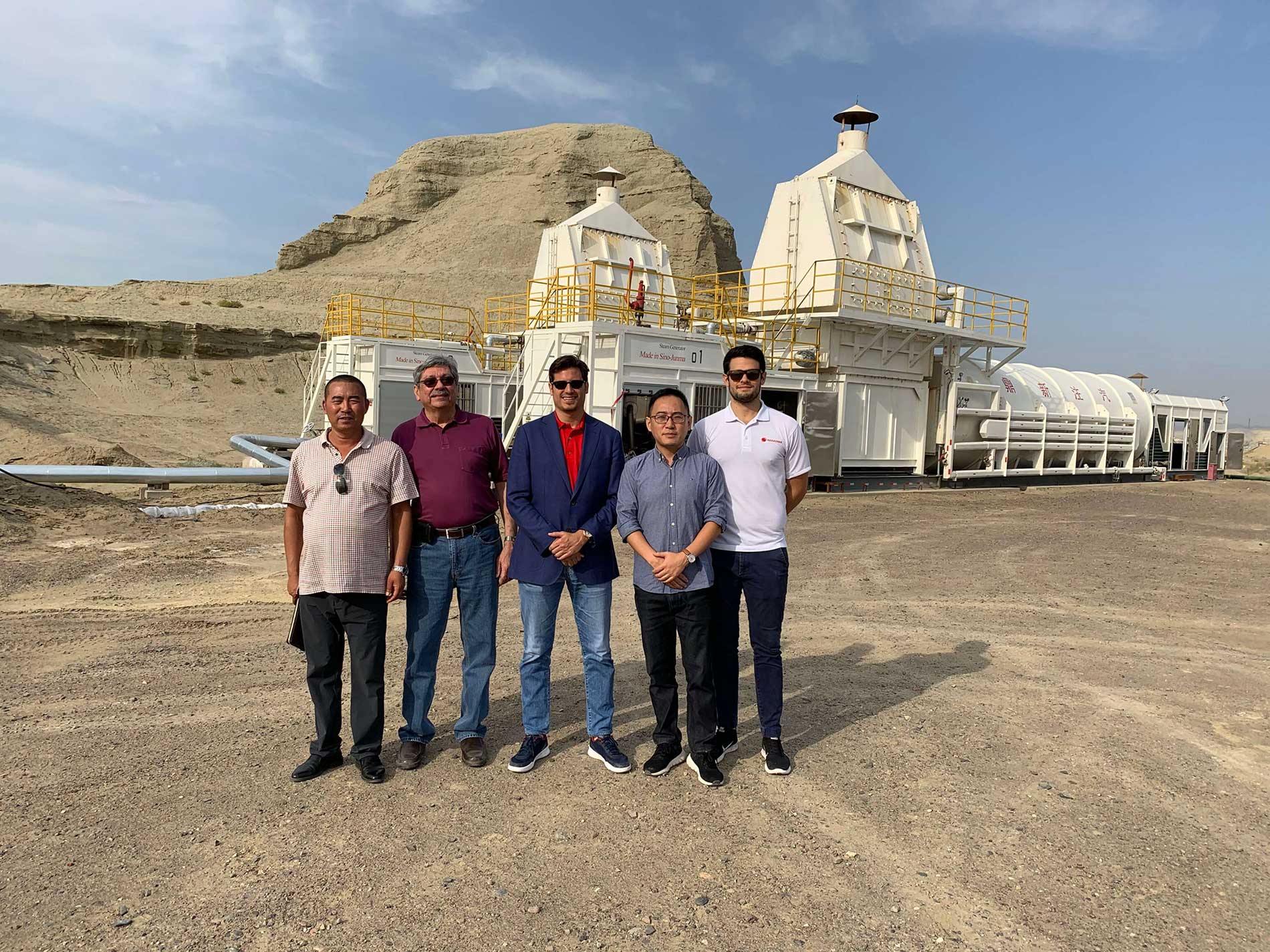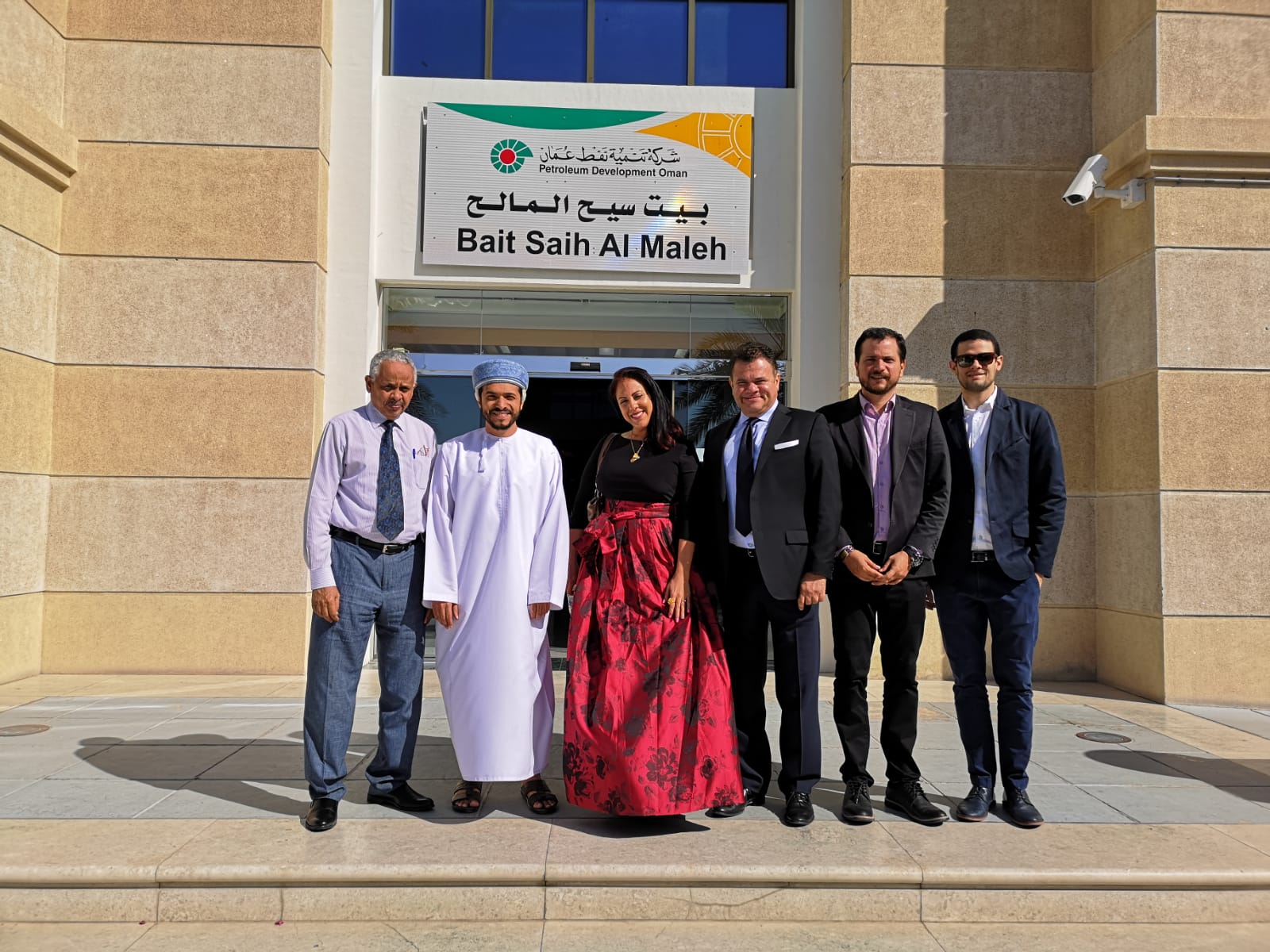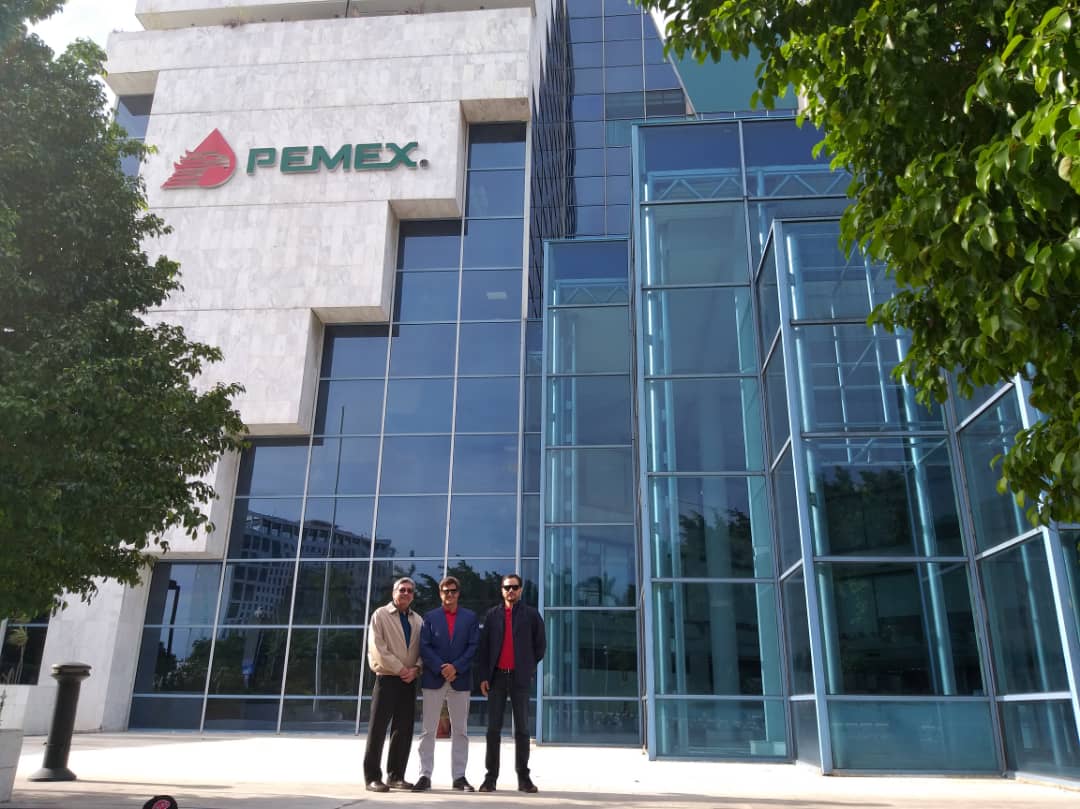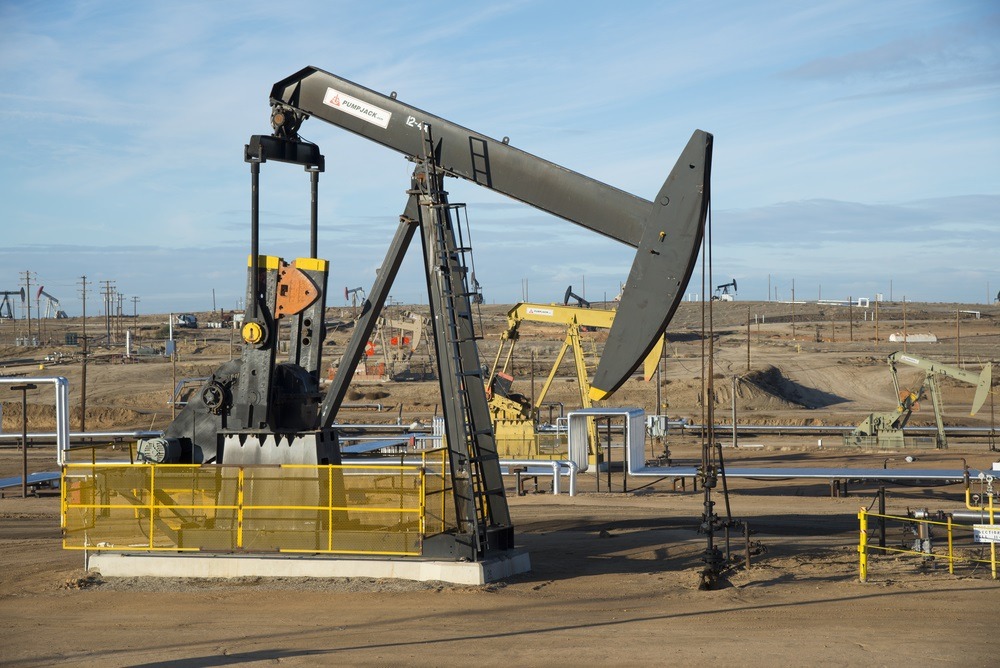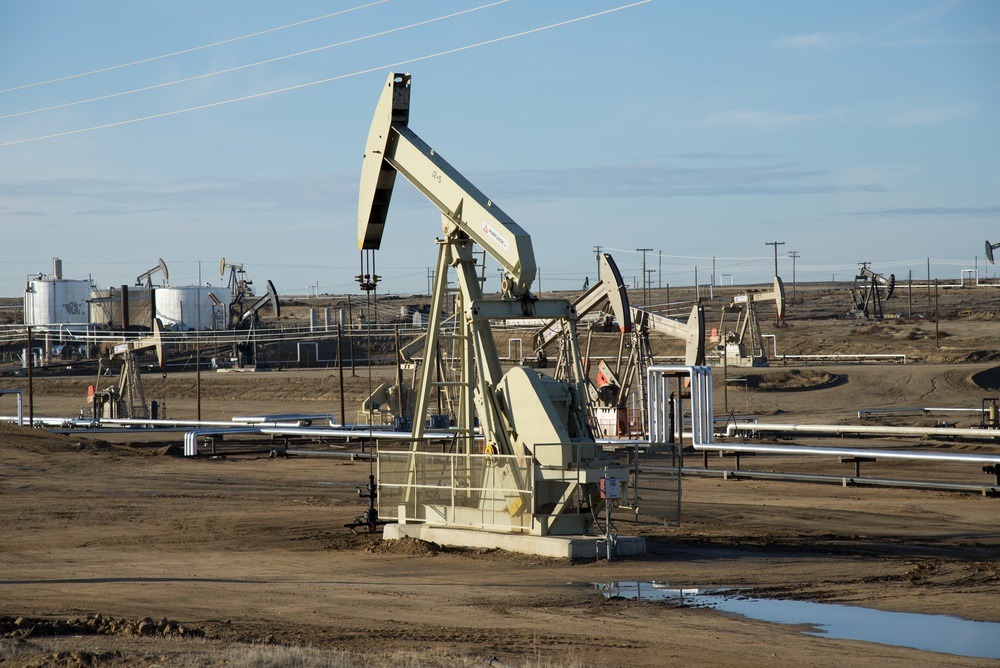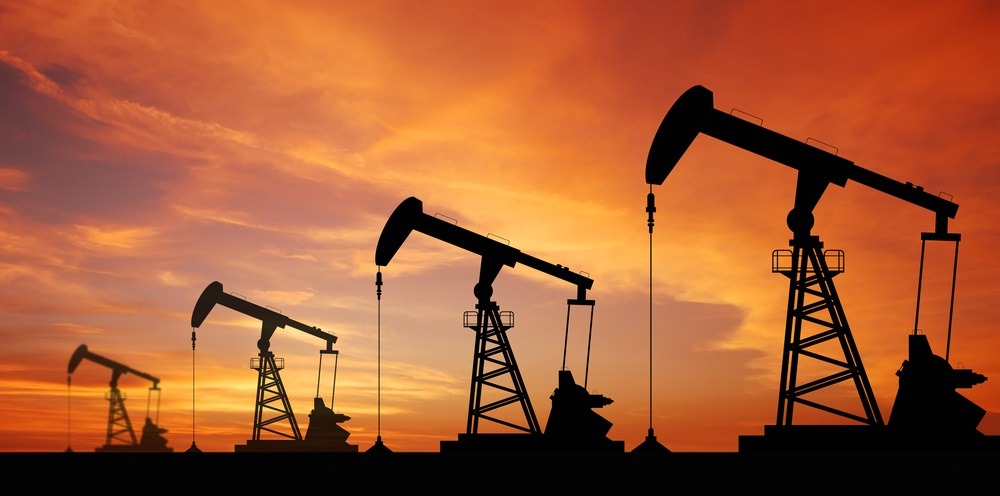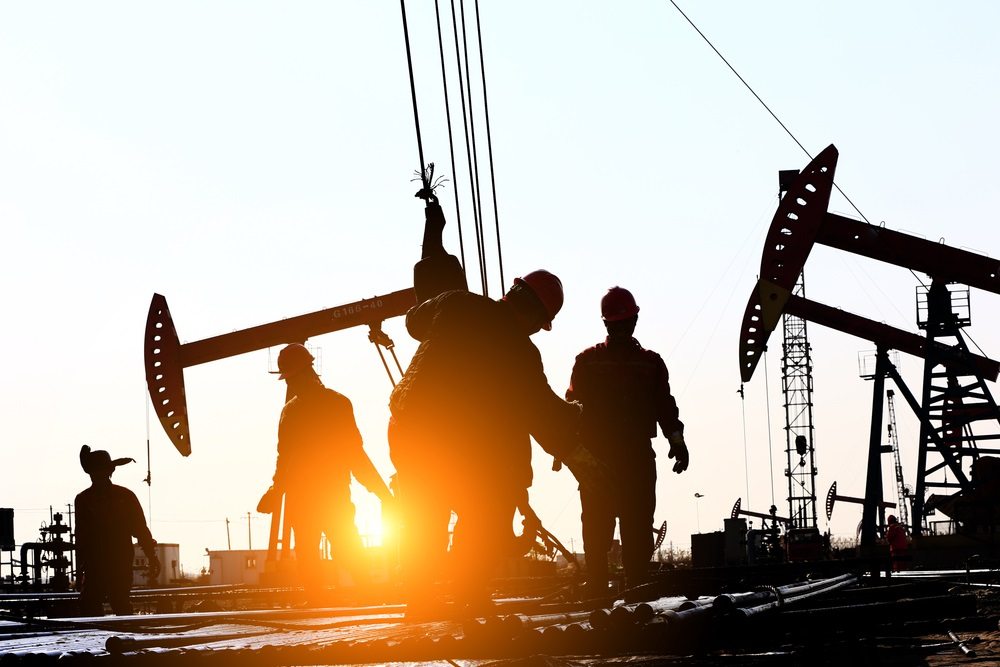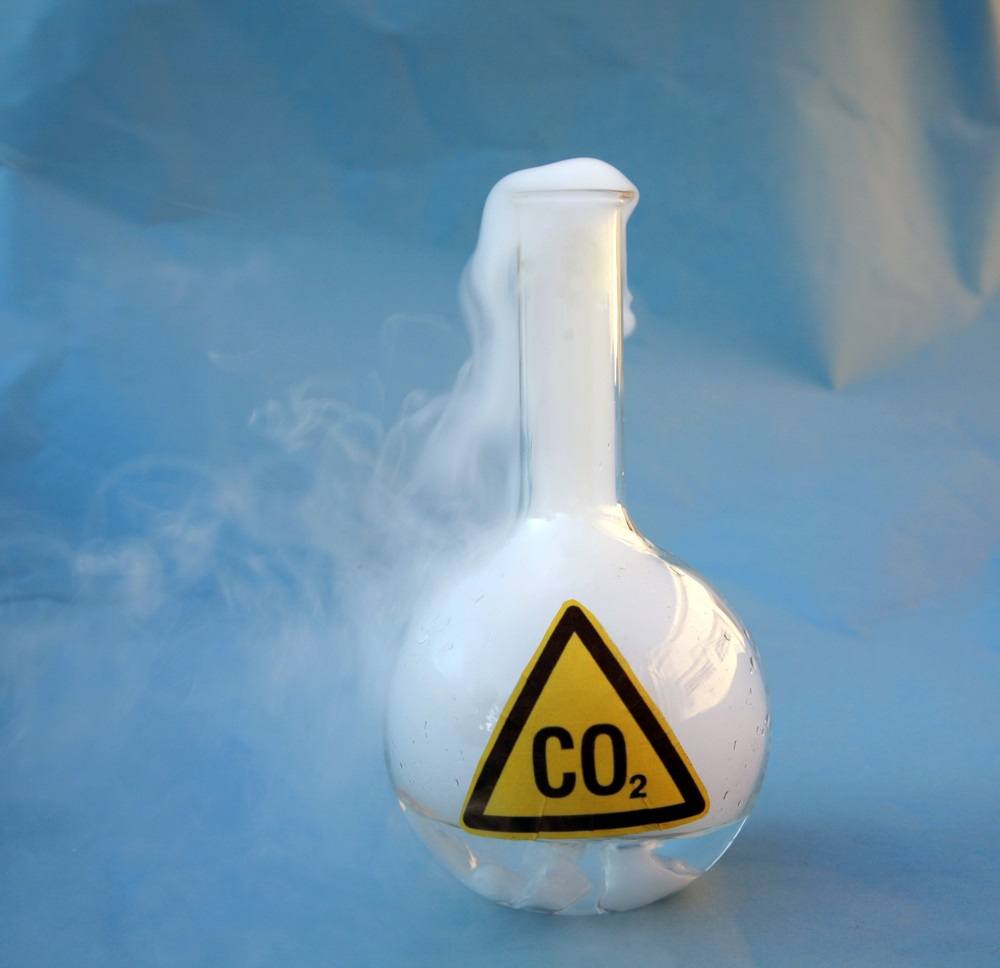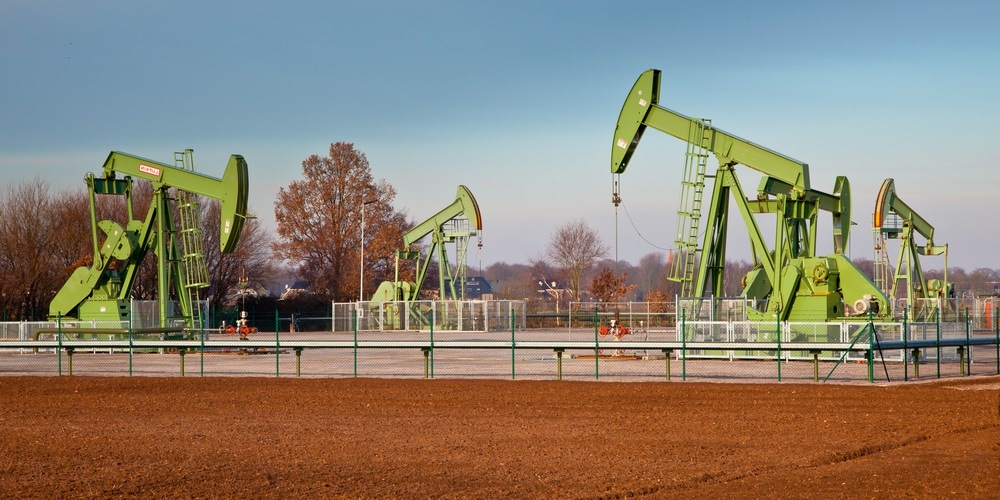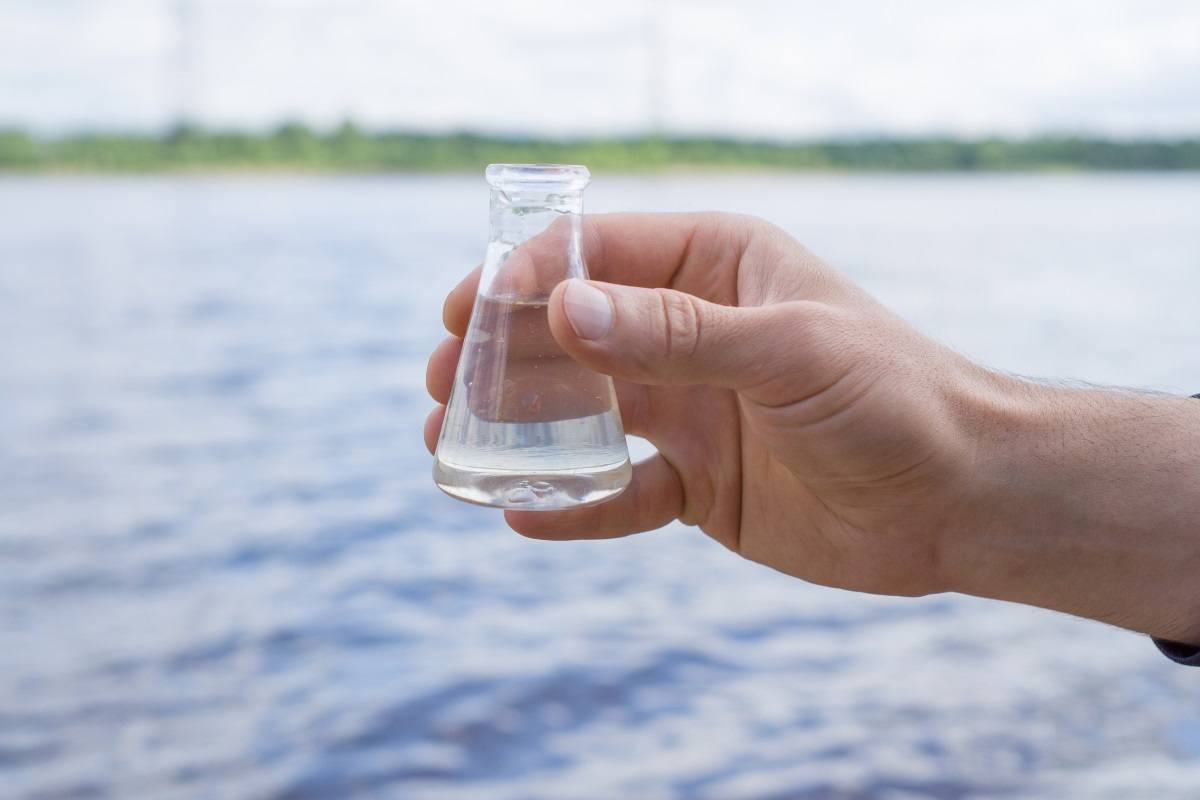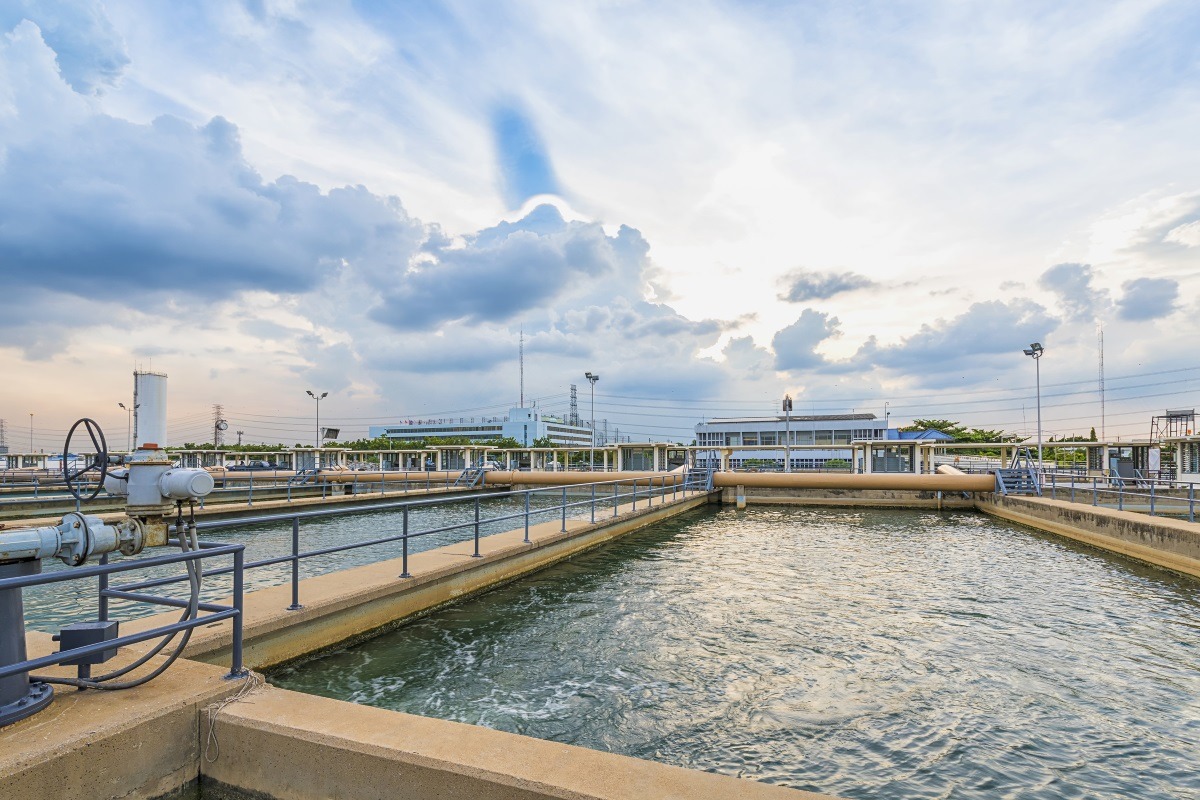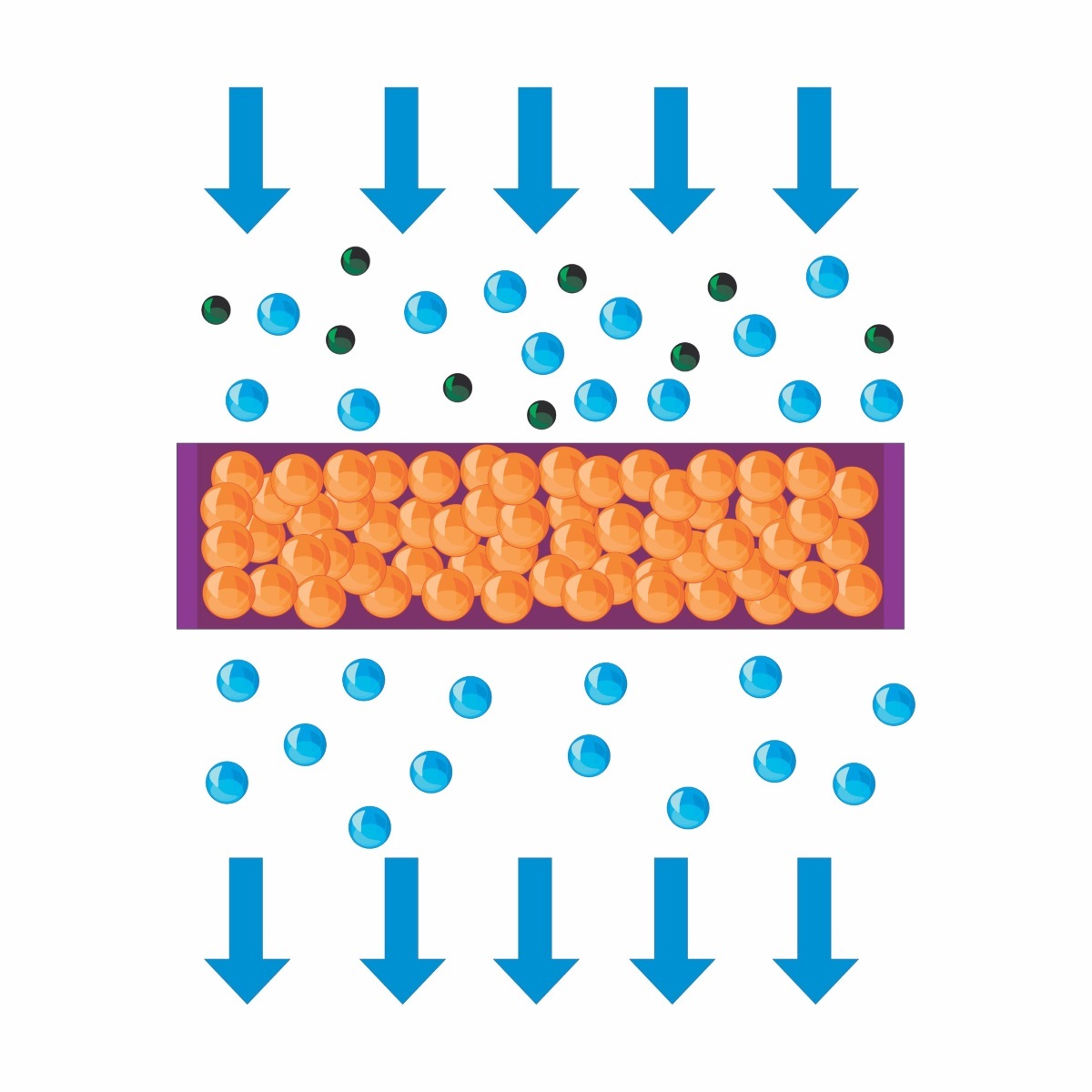Nakasawa, a company composed of professionals specialized in designing upstream technologies and large scale equipment manufacturing, dedicated solely on servicing the Thermal Enhanced Oil Recovery (EOR) niche market. During the fourth quarter of 2019 Nakasawa introduced their innovative EOR technologies, that have been successfully implemented in the Faja del Orinoco Heavy Oil fields in Venezuela, to the engineers at the Oil India Limited (OIL) New Delhi, India main offices.
Throughout the technical meeting Nakasawa presented their innovative EOR technologies that they believe are best suited for the India Heavy Oil Market. Although OIL has begun to introduce EOR techniques into their Mature Oil Fields, they have the potential to still farther advance the development of these fields into a major source of revenue in jobs created and increased oil production that will become a considerable benefit for the country’s economy.
EOR techniques, specifically Cyclic Steam Stimulation have proven to be one of the top and quite possibly the most beneficial method of recuperating oil production from an aging heavy oil reservoir. With a multitude of real world before and after CSS production samples that reaffirm the Thermal EOR processes, such as Venezuela’s Faja del Orinoco Heavy Oil Fields, The Sultanate of Oman’s Mukhaizna Oil Fields, and China’s Xinjiang Oil Fields.
For this exact reason Nakasawa has since its inception solely focused on furthering the development of innovative Steam Injection technologies along with the feedback from the operators at the well sites Nakasawa has been able to achieve major milestones in the designs of their Thermal EOR equipments.
NAKASAWA MINING & ENERGY LTD., integrated expertise is available to organize, streamline and deploy resources – human, material, and technology to address immediate operator challenges and accelerate value accrual from EOR Steam Injection.
Improve the Average Recovery Factor
- Nakasawa has introduced the SUPER MATROID HEATER an innovative technology that helps reach and recover more oil in tertiary recovery operations.
Designed to be Economical and Quickly Implemented.
- Our manufacturing facility is a high-tech fully automated mega assembly plant, capable of mass-producing reliable and efficient steam injection systems for immediate deployment.
- We are continuing to invest in innovating our products in collaboration with customers to create sustainable innovations that are tailor-made for the unique needs of each market.

